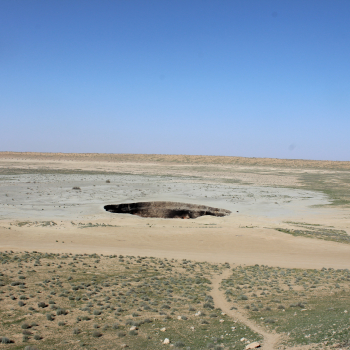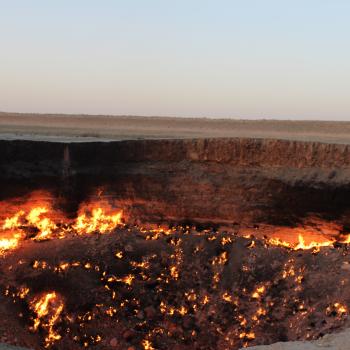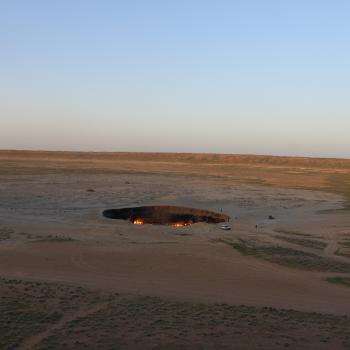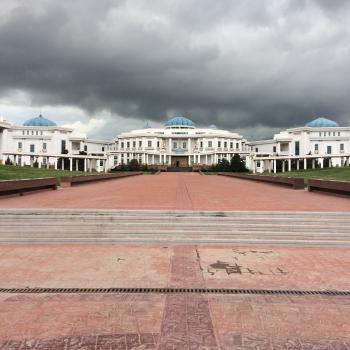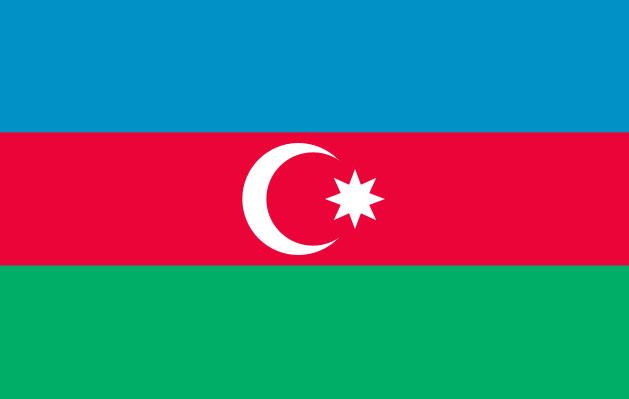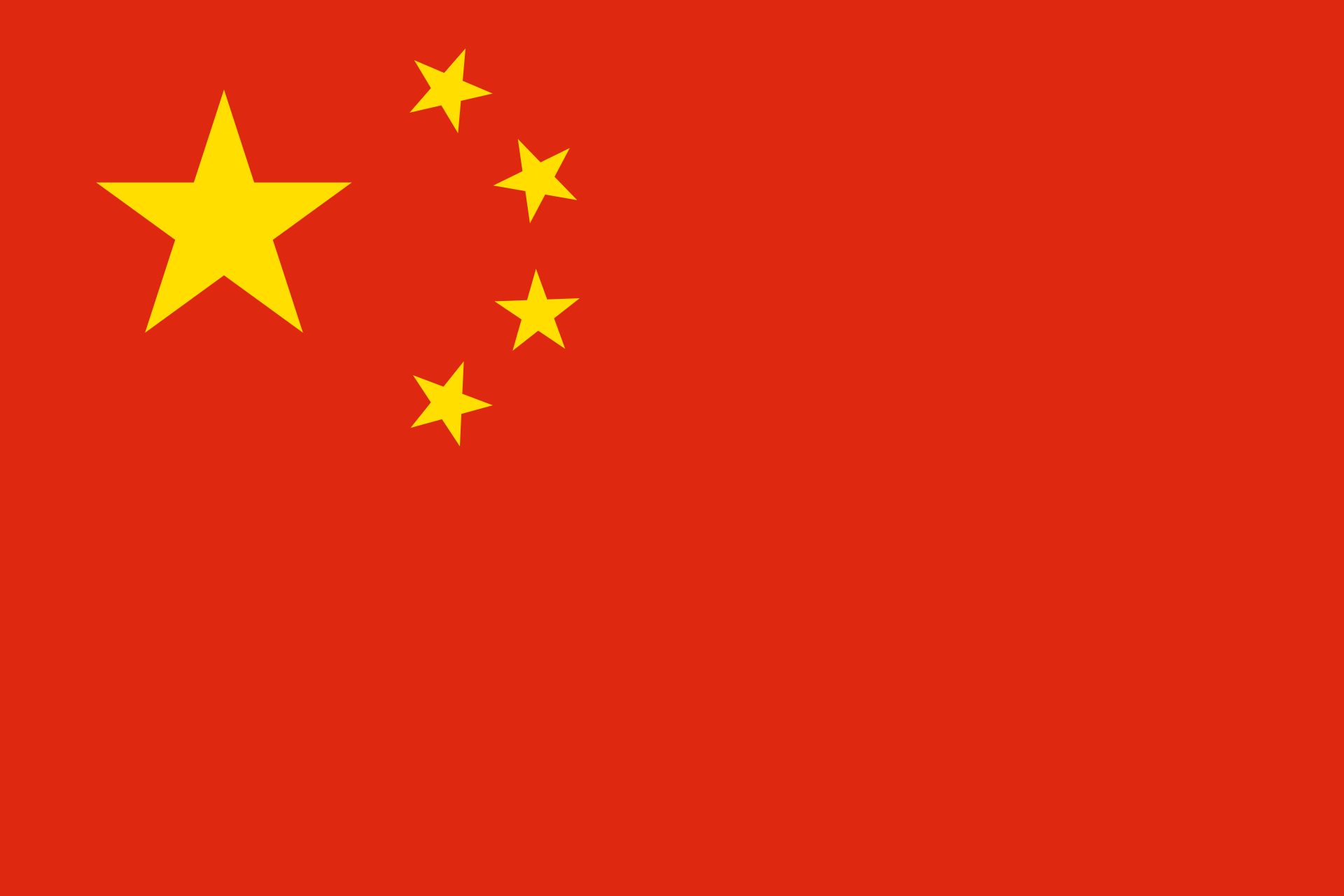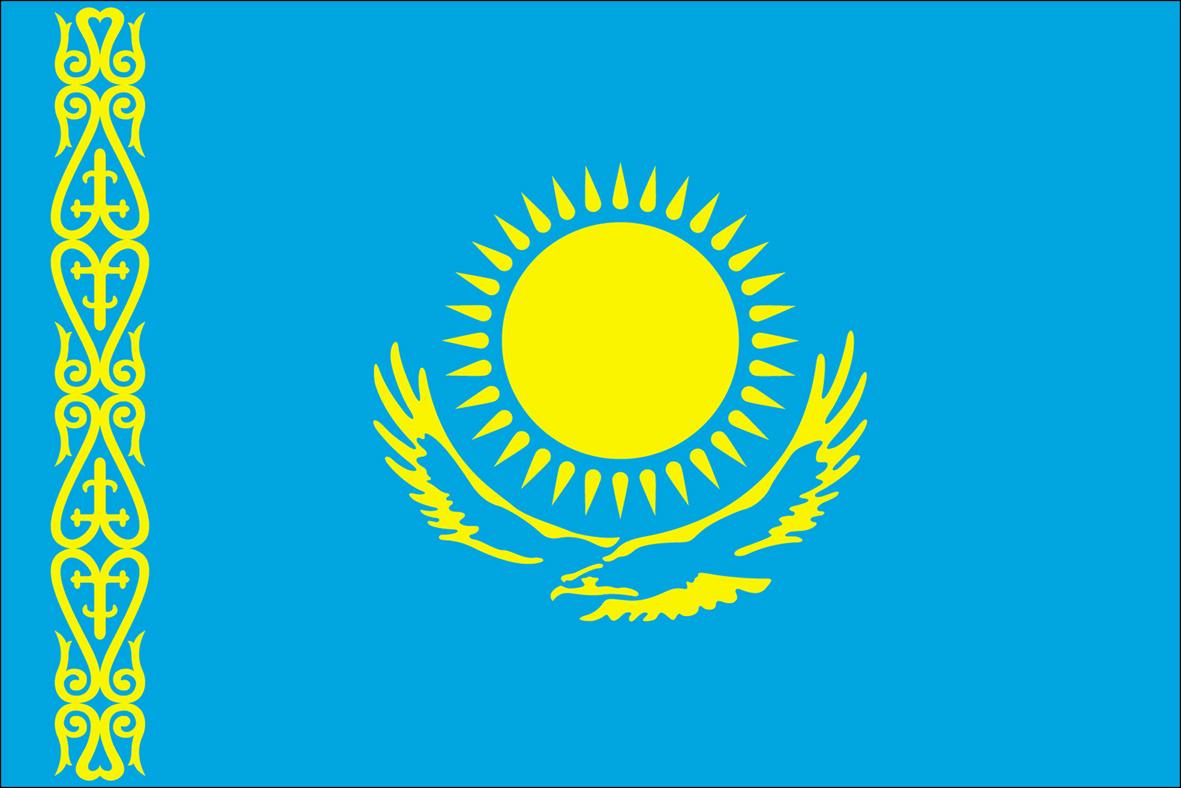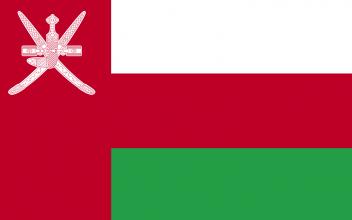Tourism makes an important contribution to modern society and culture, with museums and craft-production, in particular, providing key elements. The components that make up contemporary tourism, including the role played by museums in Mongolia, the representations of Mongolia in Europe, and traditional craft-production, could play a significant role in the development of this sector of the Mongolian economy. It is clear that the performing arts are now established and recognised.
A series of stories about life on and around the River Ganges, including poetic and mystical musings, as recounted by a female personification. Here she recounts tales of the many visitors who, over time, came to her shores, as well as those who have sailed on her waters to embark on adventures and discover new bounties. Visitors mentioned, include the first Aryans, as well as the film director, Frederico Fellini.
The example of the rise and fall of the Hami Kingdom, which existed between 1389 to 1513, illustrates the external forces and the religious and political vicissitudes that were at play during a pivotal time in the history of Central Eurasia. Until the arrival of the Turkic people, the region was known for its extreme diversity of ethnic groups and as being a central meeting place of eastern and western cultures. From ancient times, the region had been inhabited by Indo-European-speaking people who followed Zoroastrianism, Manichaeism and Buddhism.
As a meeting point for travellers by land and sea routes, Thailand’s situation in Southeast Asia acted as a land bridge between the mainland to the north and the archipelagos to the south. Archaeological finds, including coins, ceramics, and beads provide evidence of cultural interactions, migration, and the settlement of a variety of ethnic groups. Indians were among the first visitors (by land), sharing trade links and spreading their faiths (Buddhism and Hinduism).
A great number of inscriptions have been discovered along the Silk Roads that followed the Hunza and Gilgit rivers, including thousands of petroglyphs on the banks of the Indus river. The dates of these rock carvings fall roughly into three periods – Pre-Buddhist, Buddhist, and Post-Buddhist. So far only one inscription has been published, which intimates that “Gu Wei-long, envoy of the Great Wei, (is) now dispatched to Mi-mi,” - the place of destination being probably modern-day Maimargh, a small country that was to the south of Samarkand.
The use of sea-charts as an aid to practical navigation was in vogue much before the advent of the European colonial traders in the North Indian Ocean is almost an accepted fact. Yet, such sea-charts do not appear to have survived on the Indian, Arab or African shores. Marco Polo, on his return voyage from China to Venice towards the end of 13th century, is reported to have seen the use of sea-charts by Indian seamen.
